References and inspiration
- RC2014 - Where this all started for me.
- OMEGA MSX kit. Demonstrates that its possible to build a compatible MSX2 system, using off the shelf components with a few ebay purchases. The published designs are a great implementation reference.
- Artemisa MSX Computer System. A MSX kit using discrete component.
- MSX Technical Data book.
- https://www.msx.org/
Main Goals:
- Each board to operate independantly.
- Each board to operate on a standard RC2014 platform - with appropriate RomWBW HBIOS support.
- Board sizes will need to be kept small enough to ensure PCB manufacturing costs are manageable.
Stretch Goals:
- Figure out how to add Floppy and HDD interfaces - can we just use the existing kits available?
Targeted Specifications
- Graphics: v9958 with full 192K of RAM
- ROM/RAM Board(s) - Support for MSX Rom images and lots of RAM
- YM2149 Based Sound chip and Joystick connectors
- RP5C01 Based RTC
- Full size keyboard
- Support for 2 Cartridge Slot expansions (a new backplane perhaps)
- Optional - cassette interface - because retro!
 Dean Netherton
Dean Netherton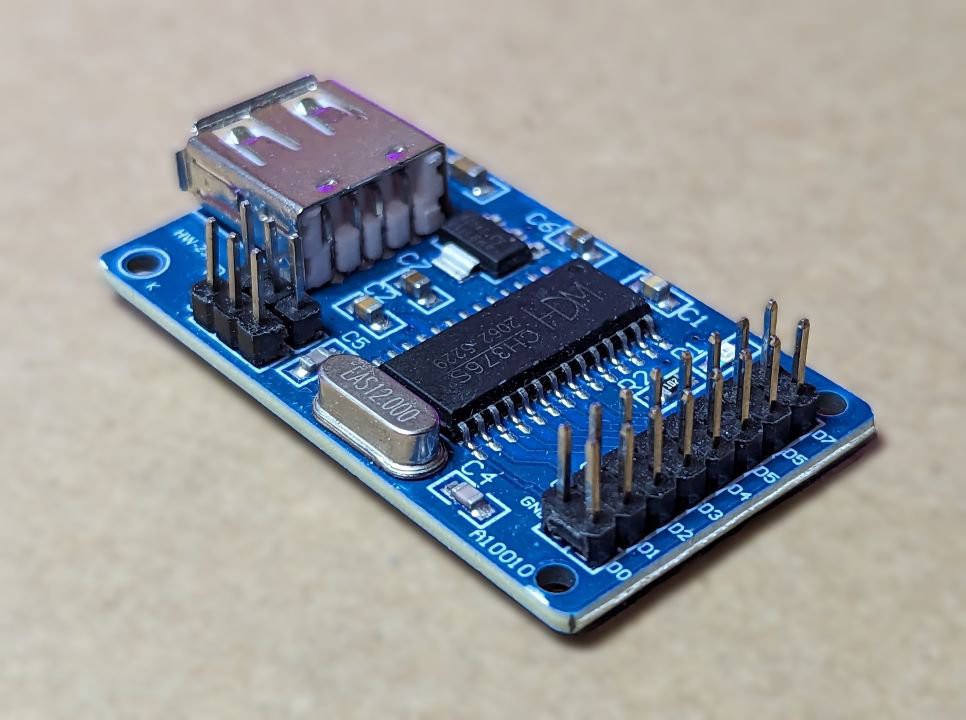
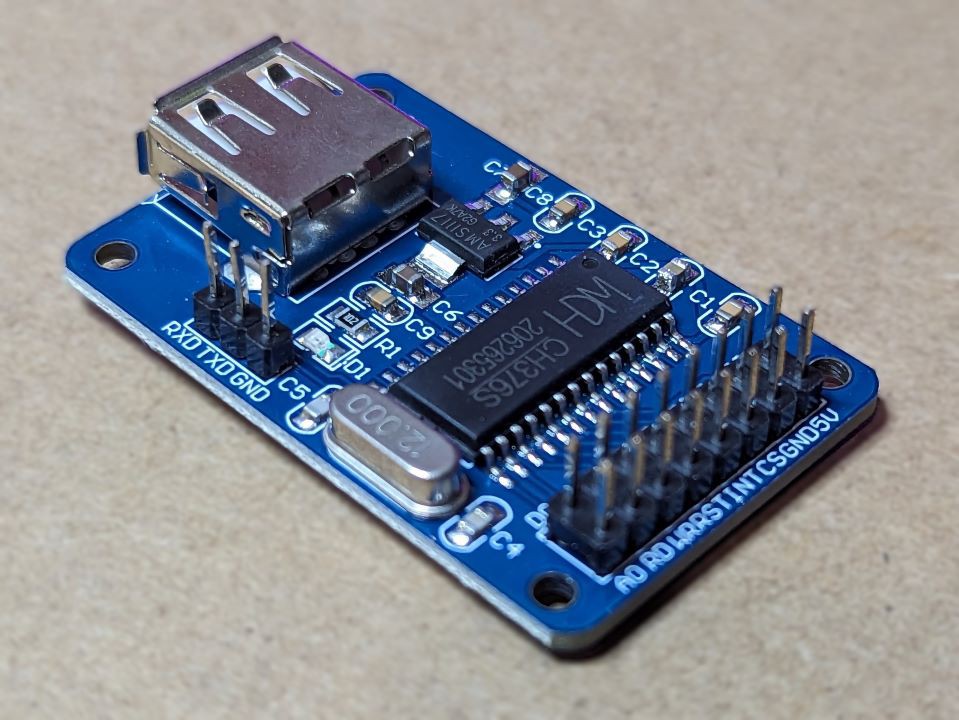
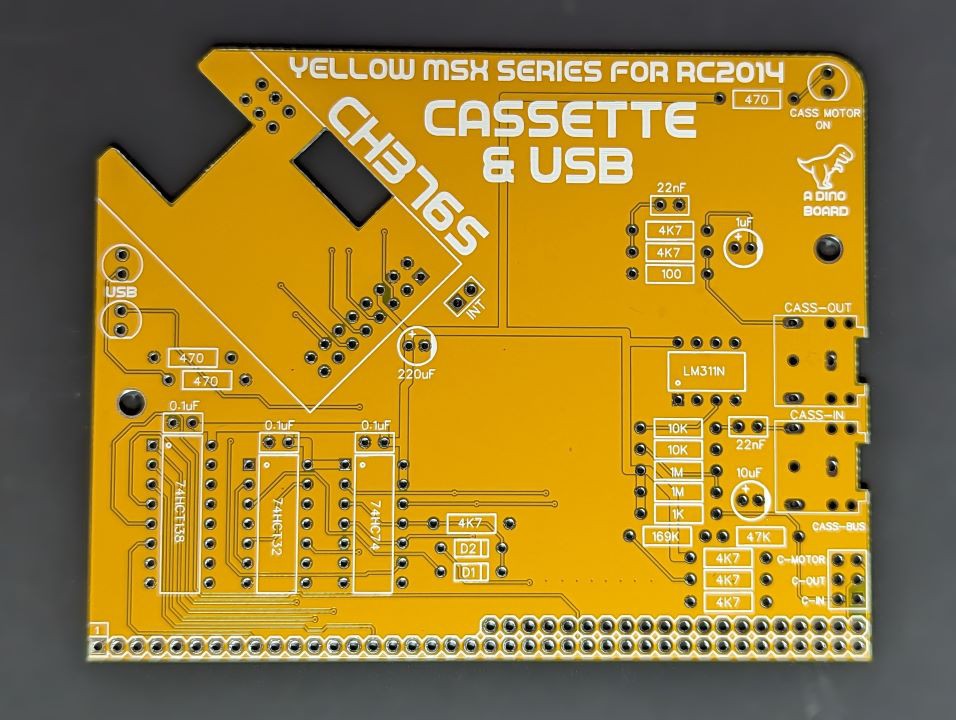
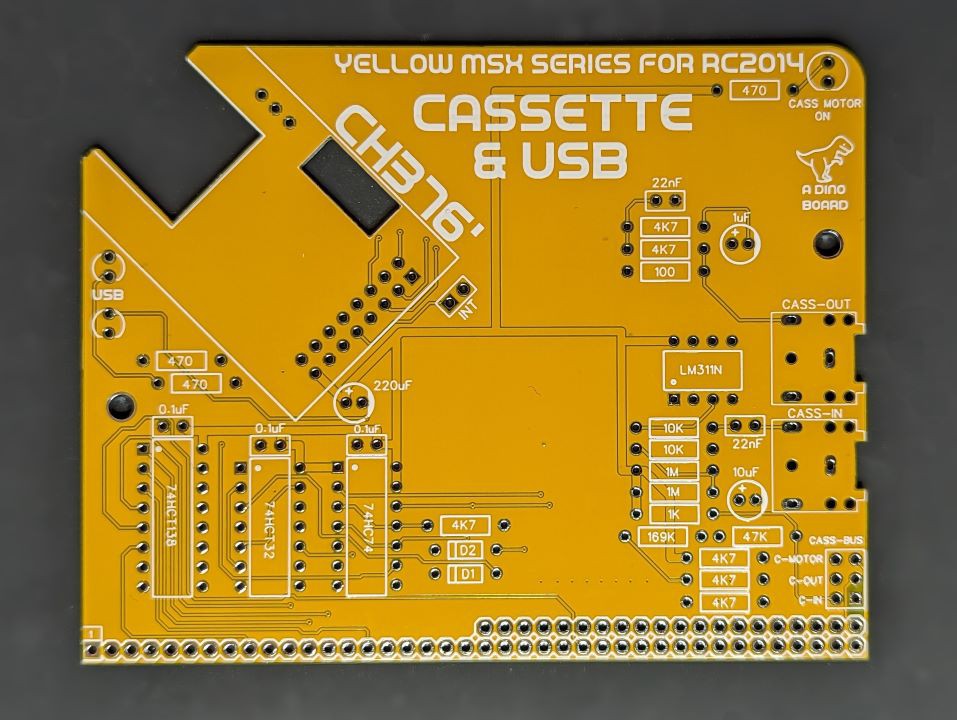
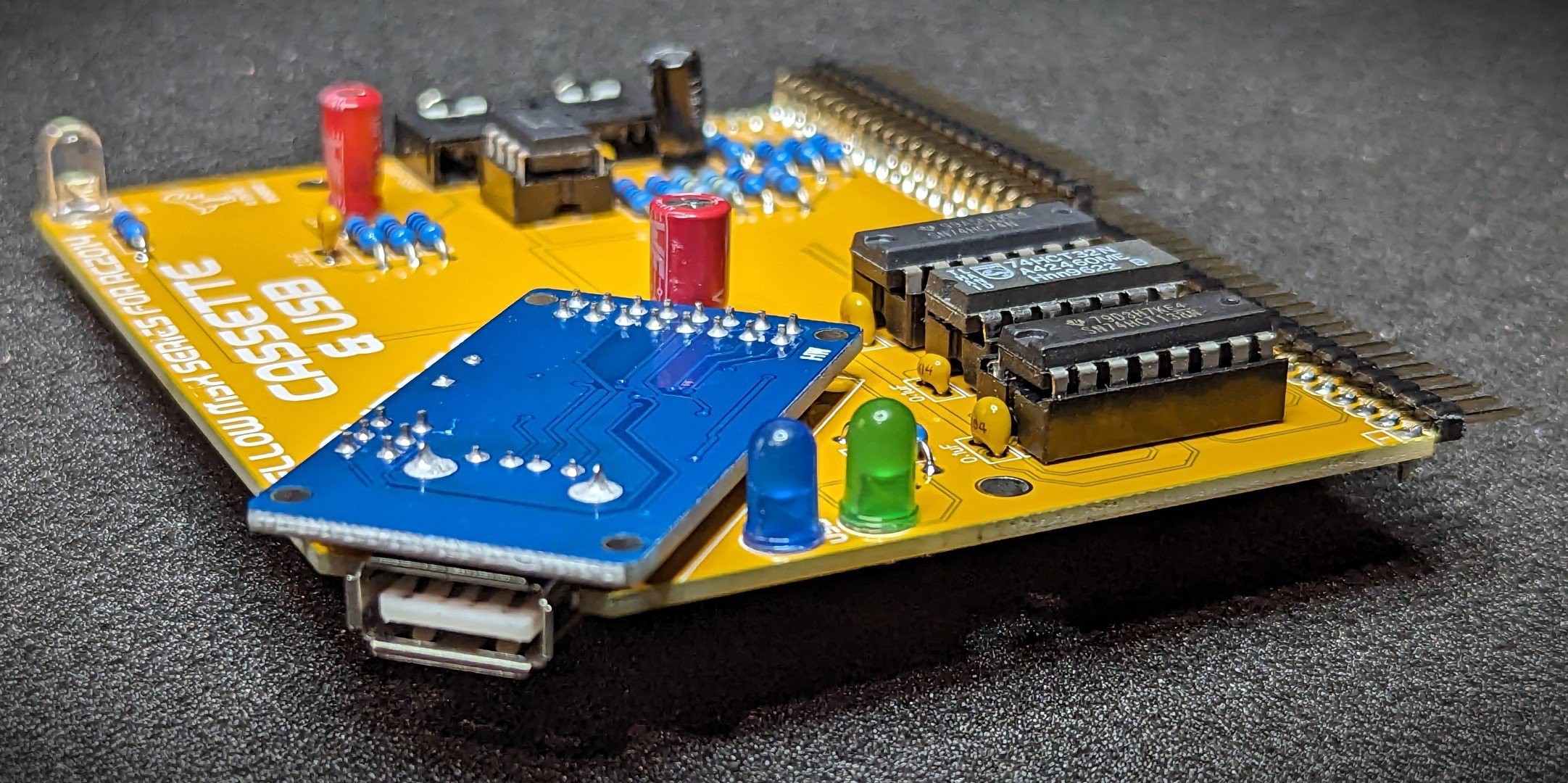
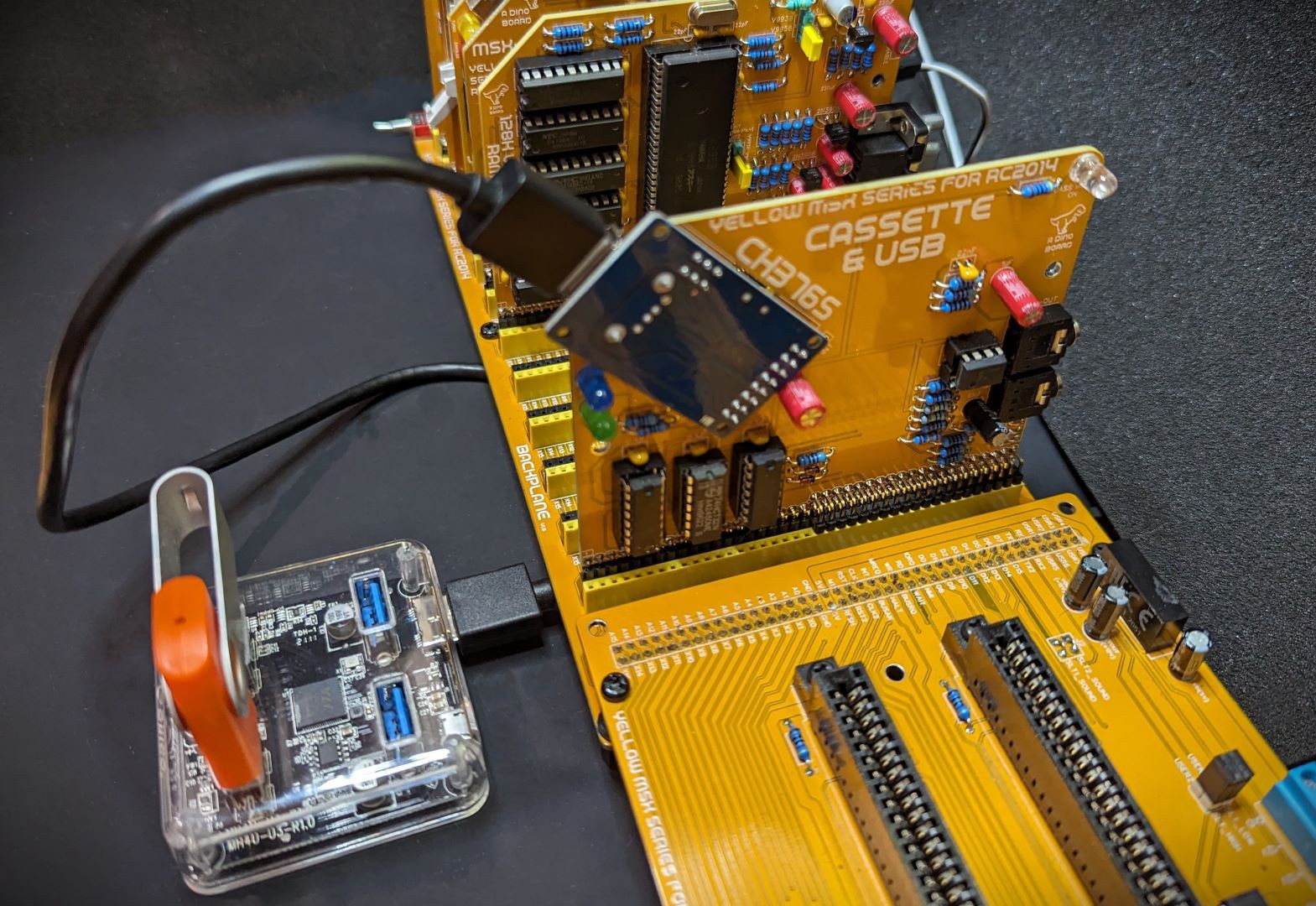
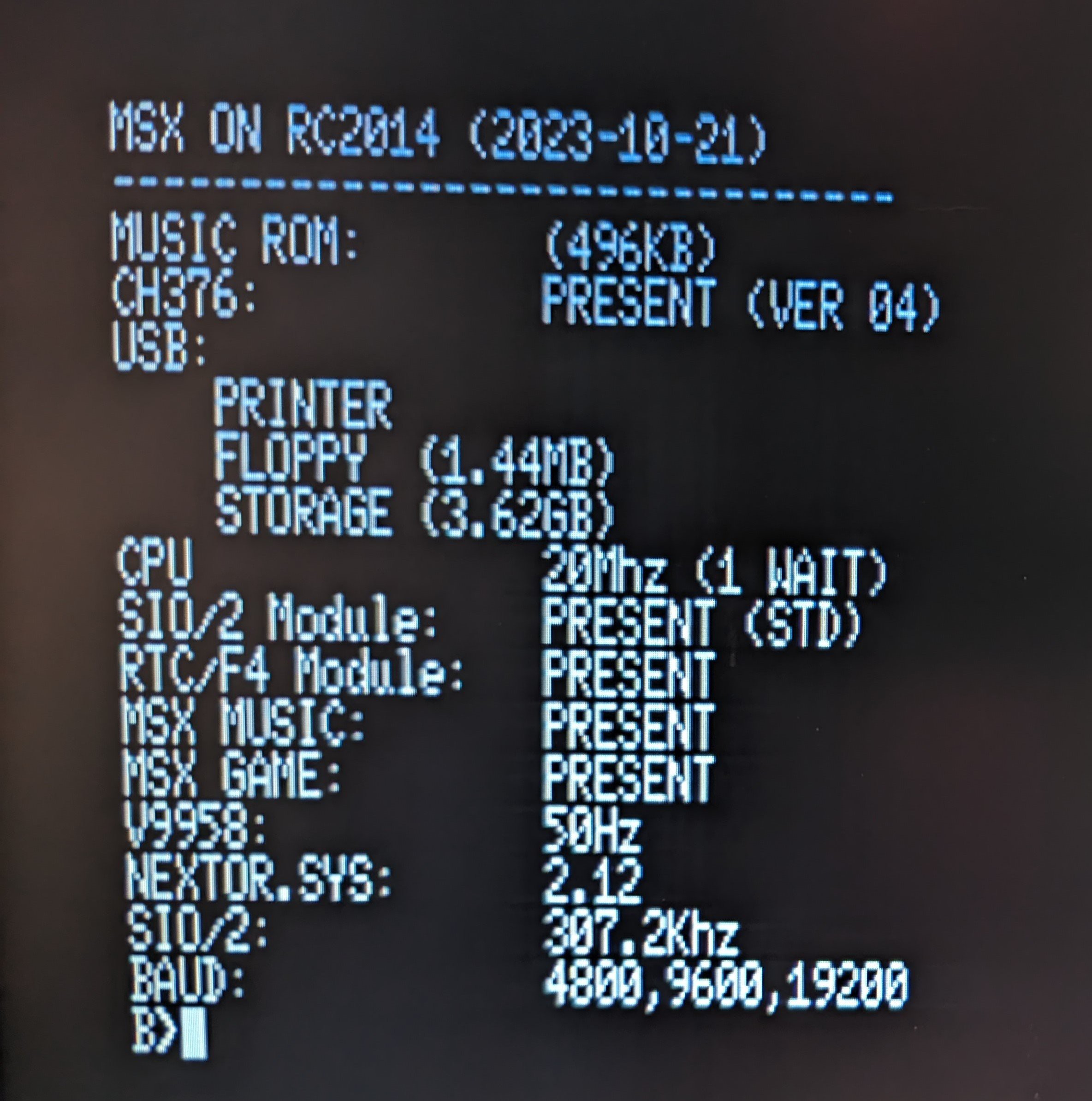
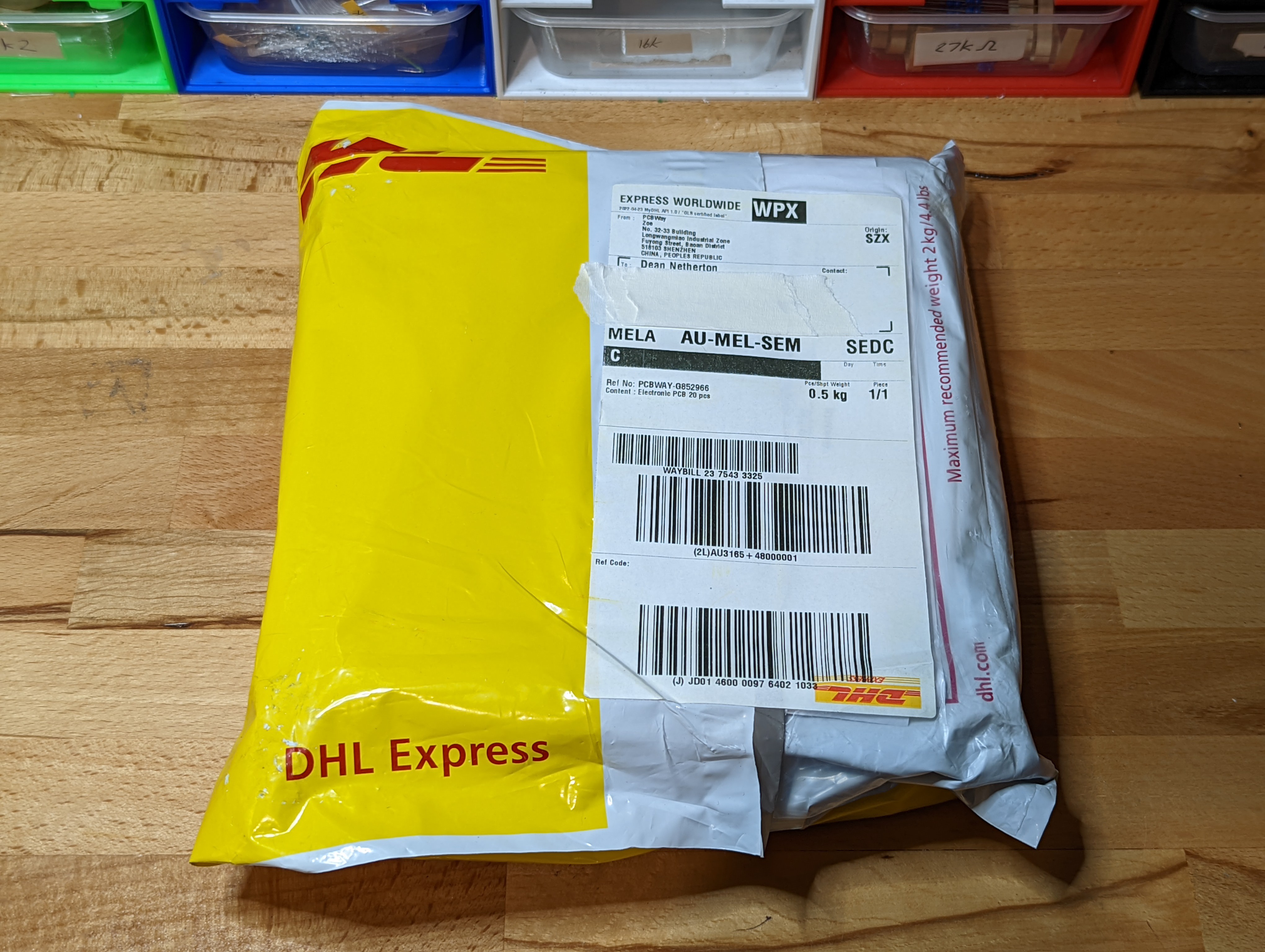
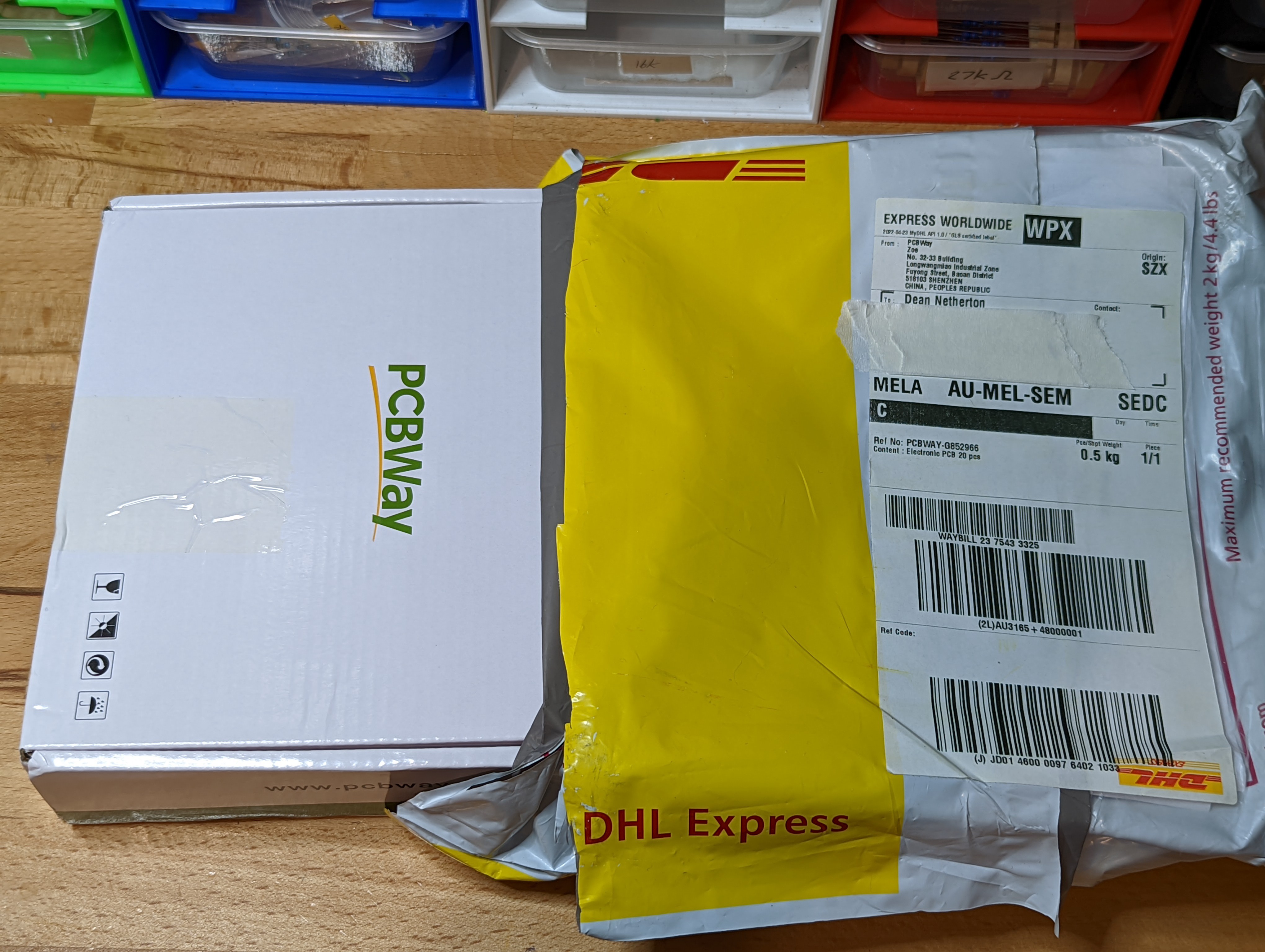 What's in the box?
What's in the box?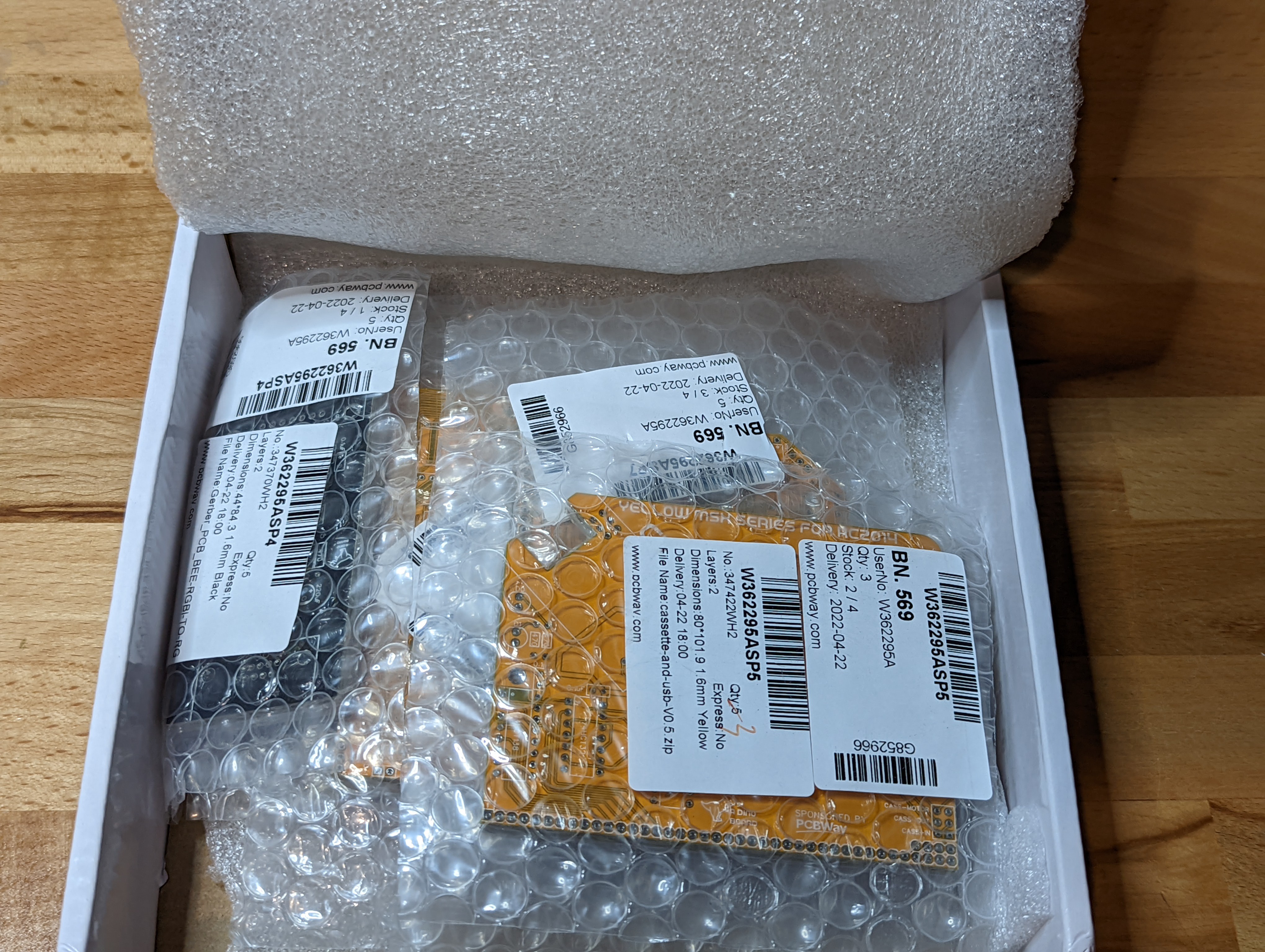
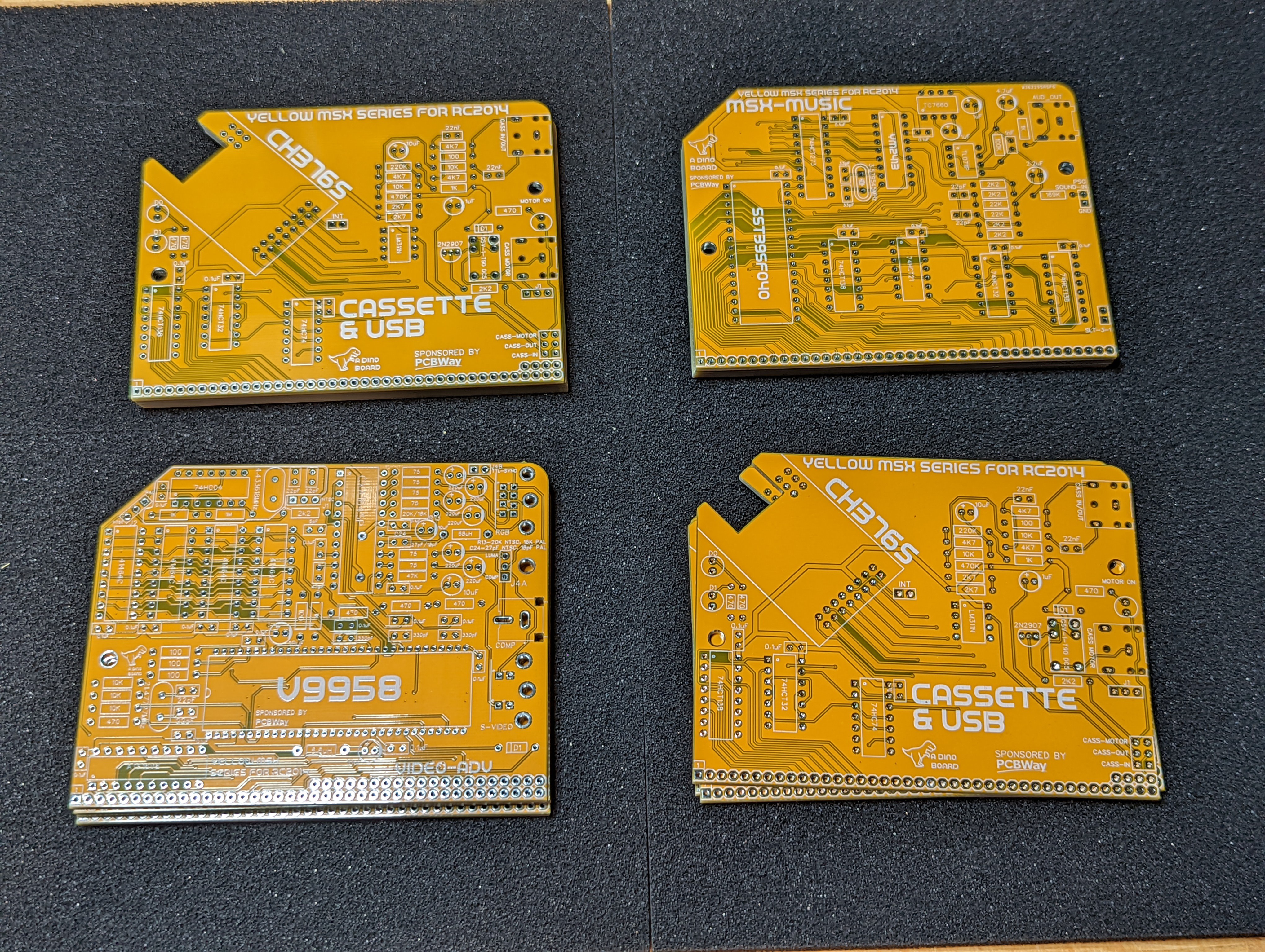
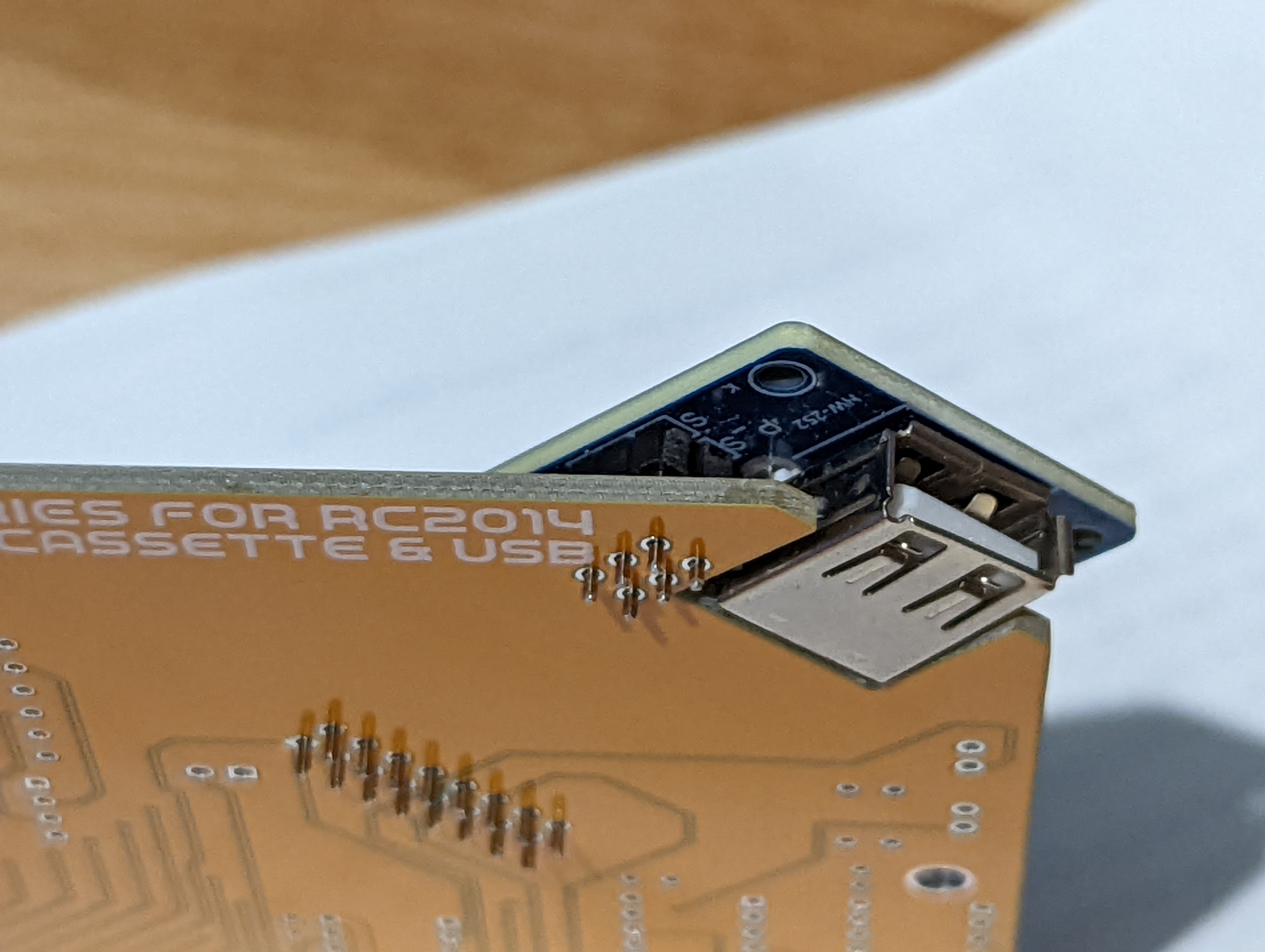
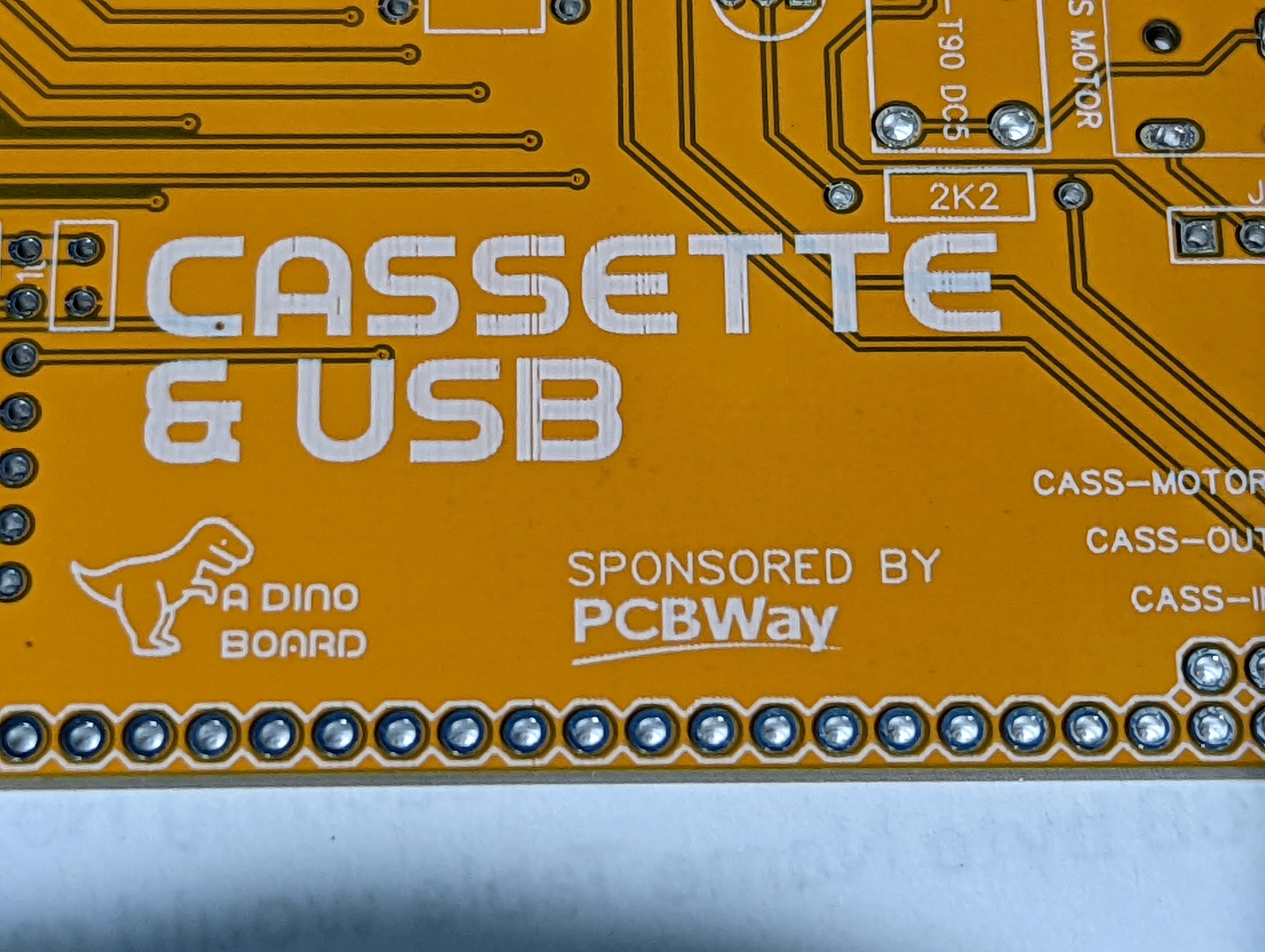

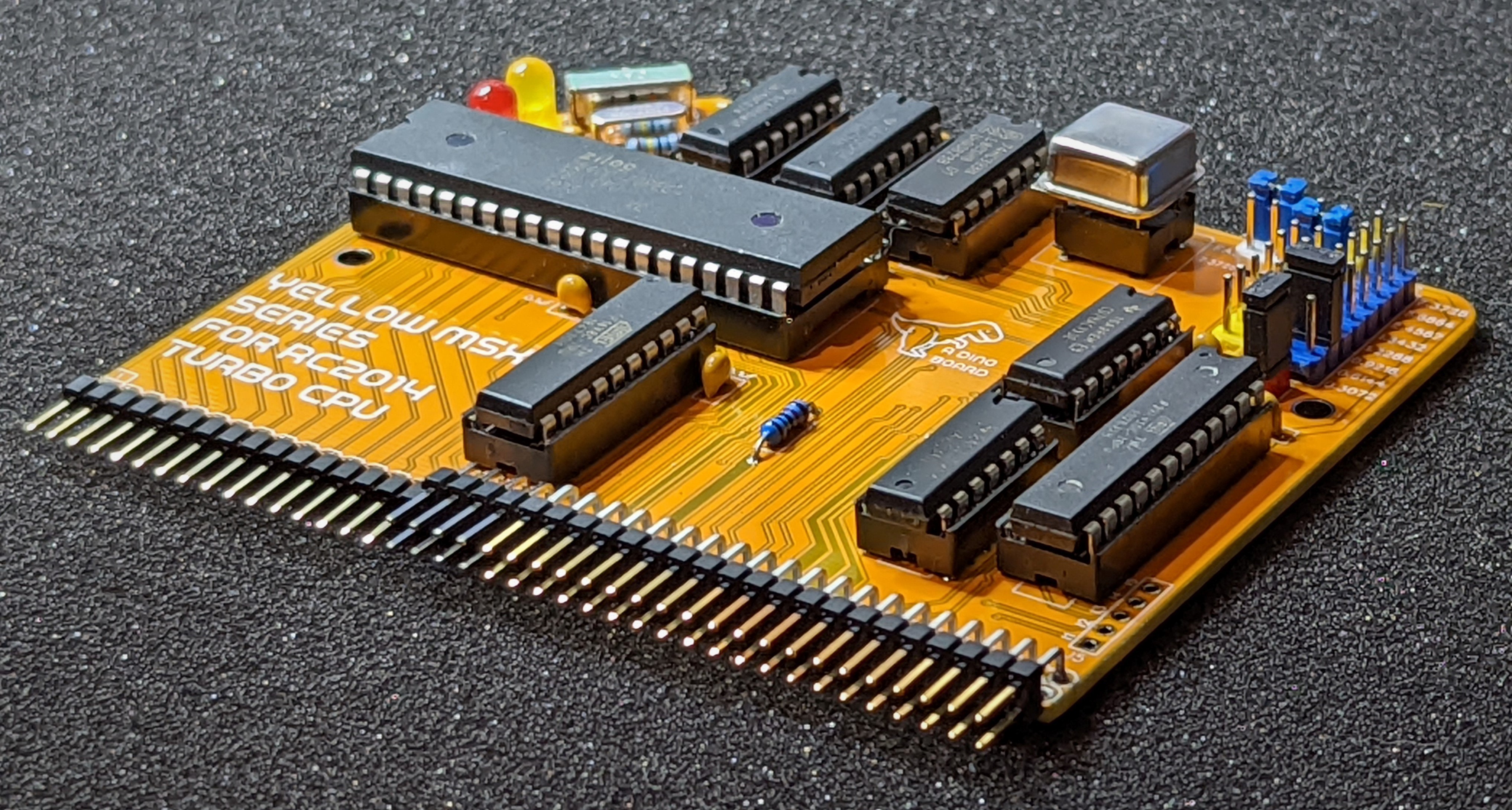
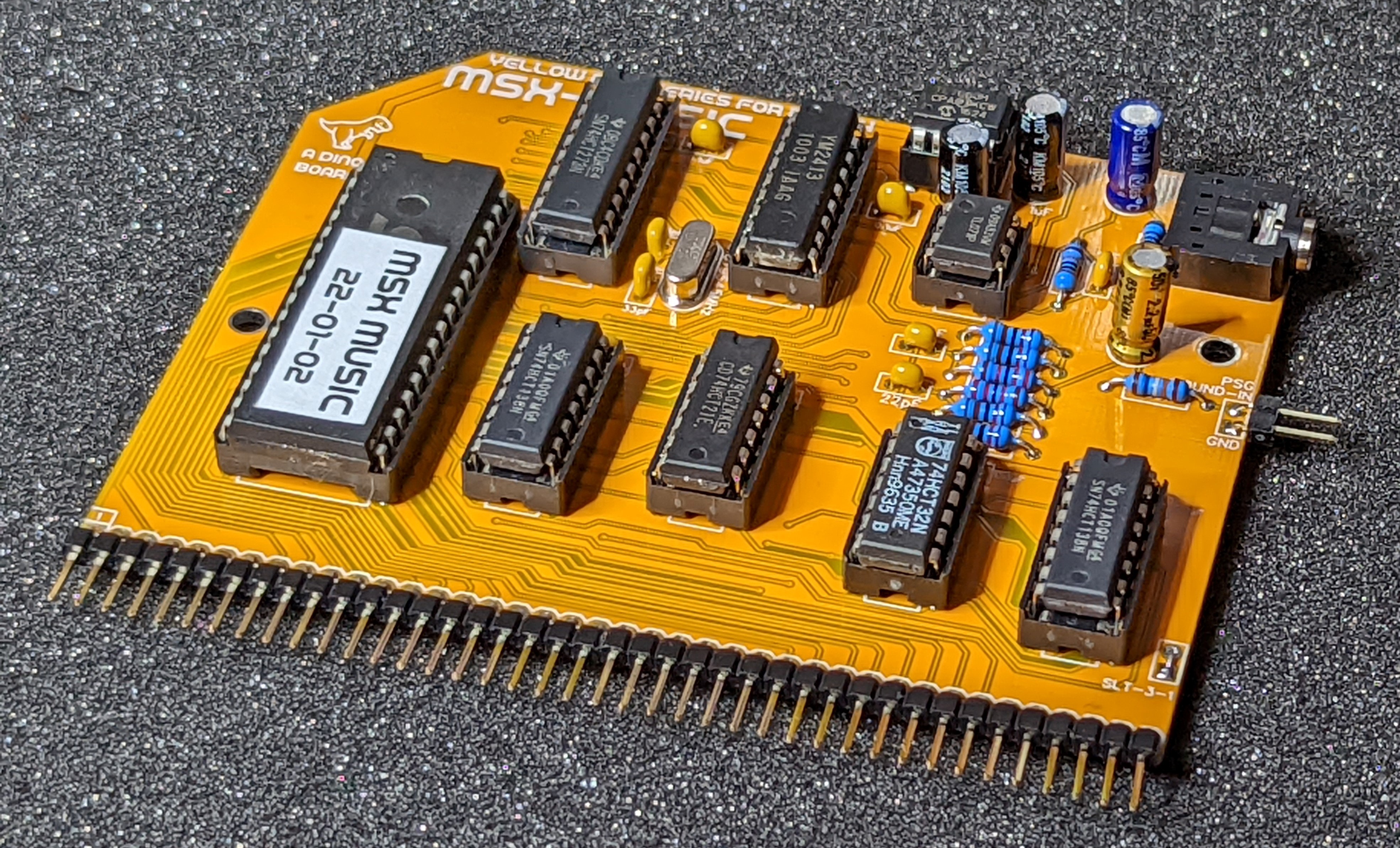
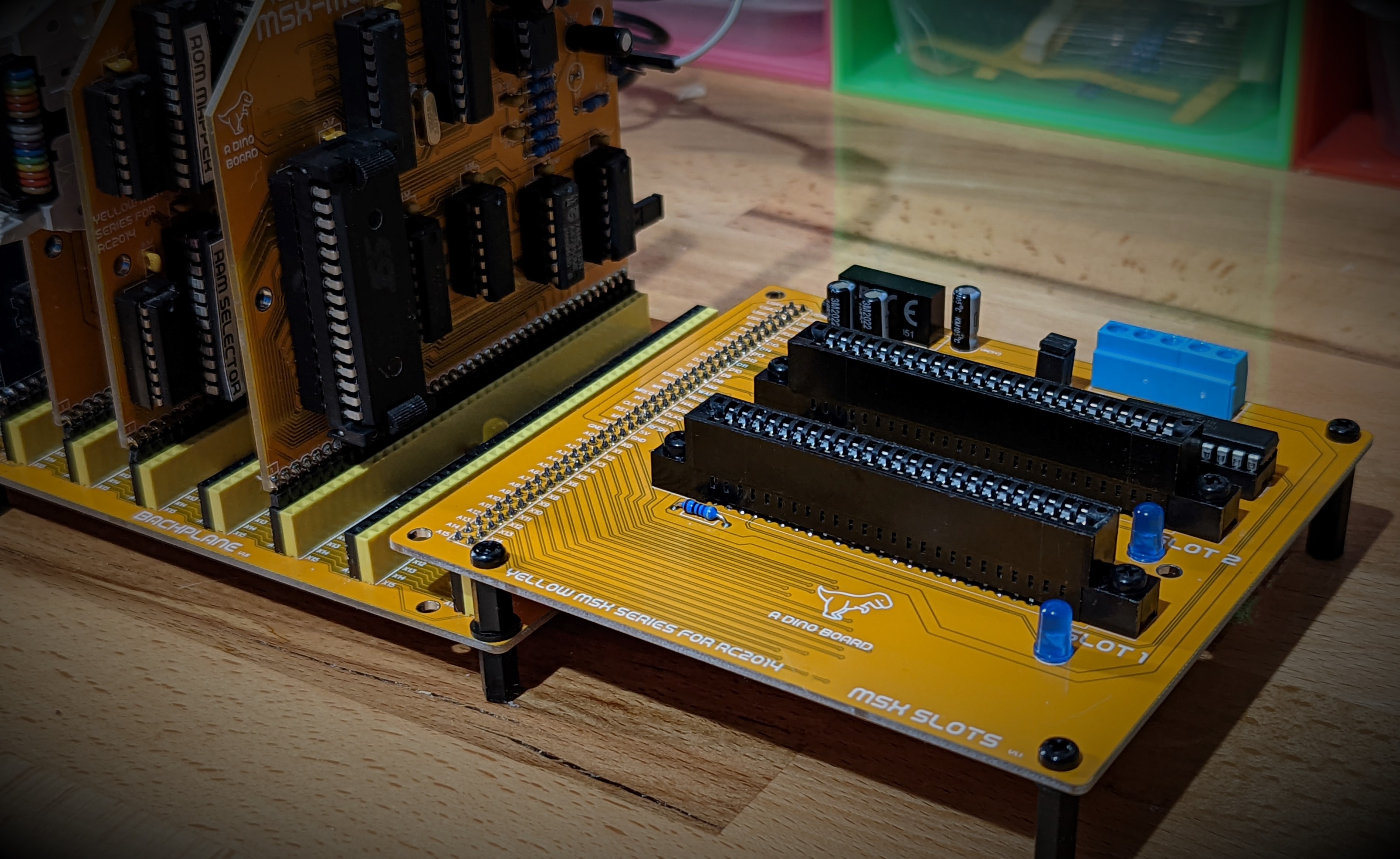
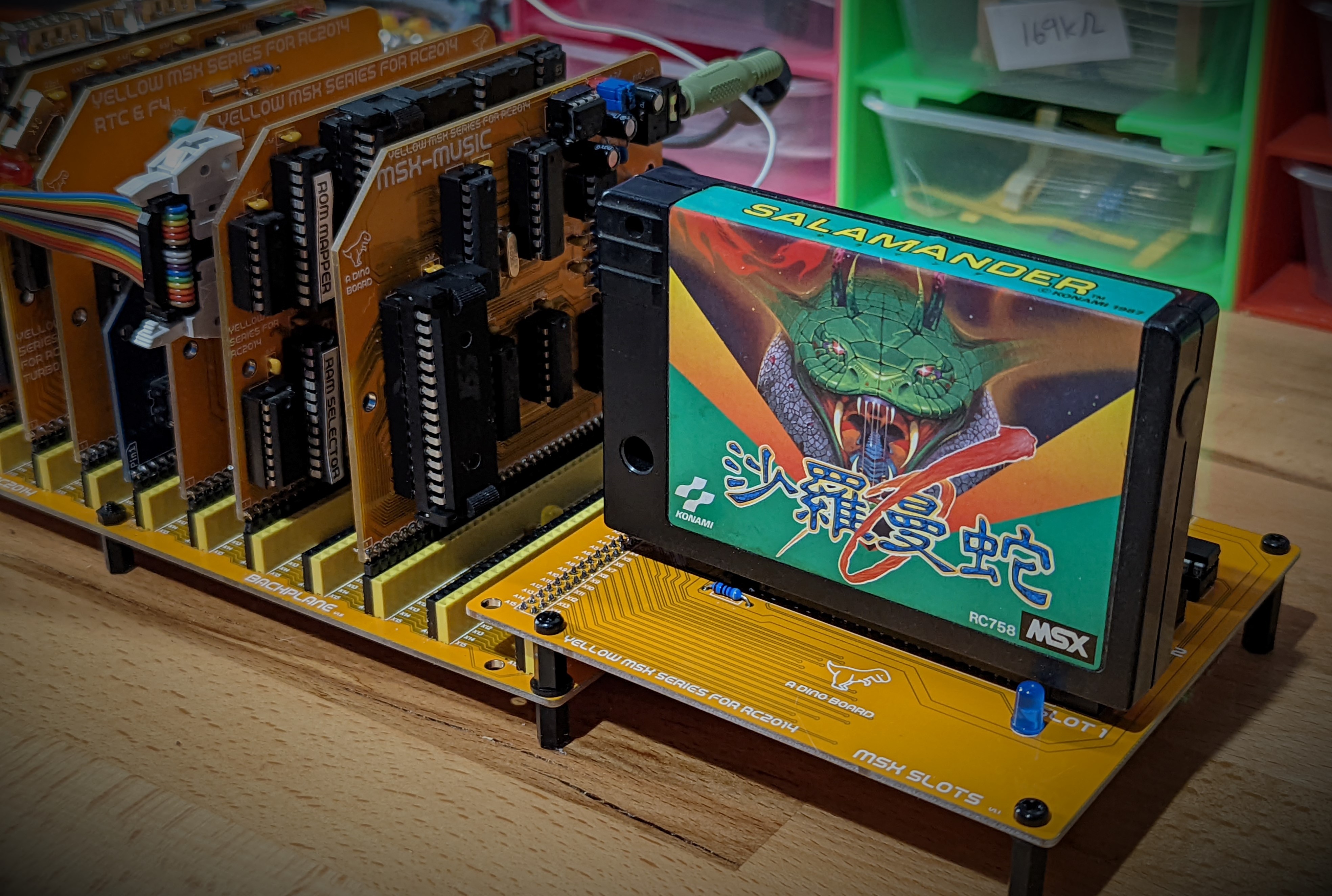
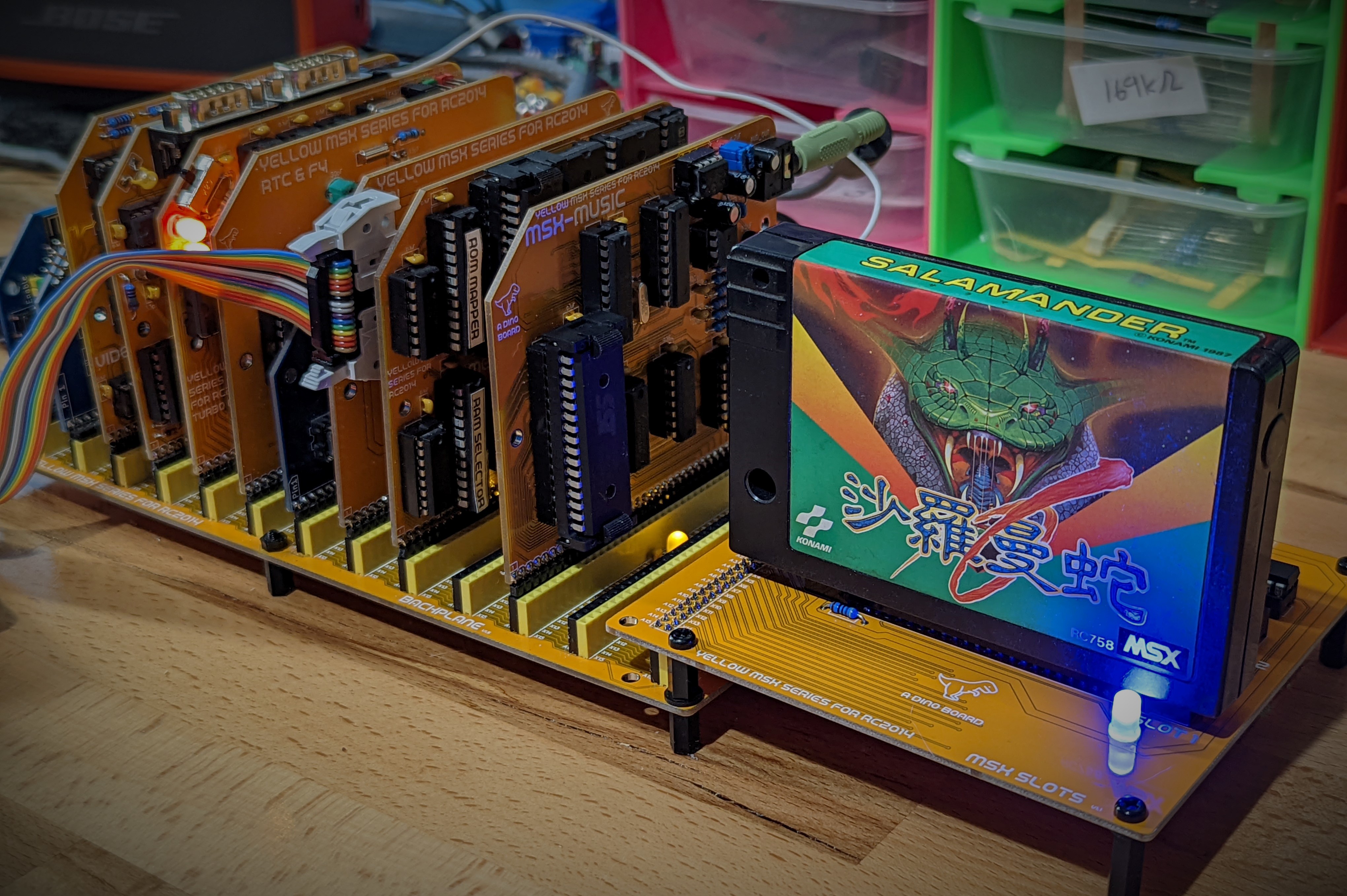



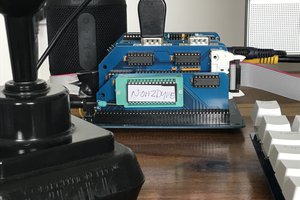
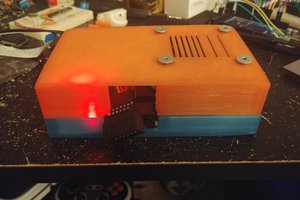
 FloppidyDingo
FloppidyDingo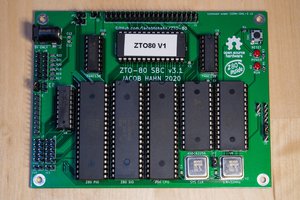
 Jacob Hahn
Jacob Hahn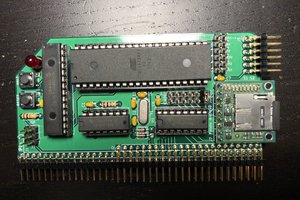
 J.B. Langston
J.B. Langston
Hi friend, Your project looks amazing, Im trying to do something close to this. Can you share with me more information abouth the V9958 board using the SRAM? I already built a Z80 computer with a TMS9918 and 32K SRAM with a 62256 but, this time, Im trying to build a better one with Z180 and V9958, I pretend to make it portable, like a complete and independent 8 bits notebook. For that, the 61464 DRAM chips are a mess, as their consuption is around 0,5W for each chip and a SRAM like AS6C4008 uses only 150mW by itself. I do not find much about this V9958 board that you build, only some photos. Did it works without problem? can you share the Schematic? Thanks